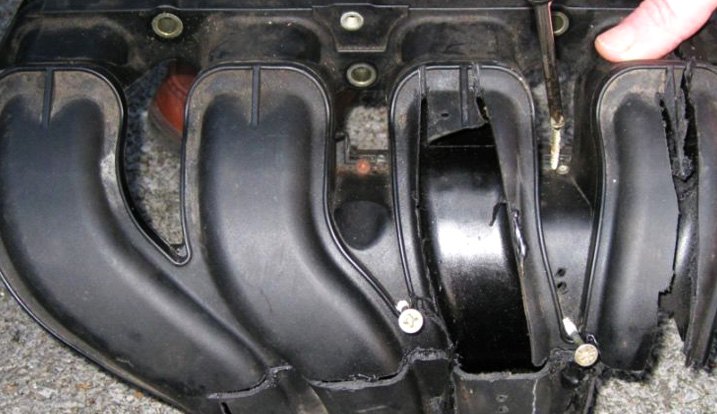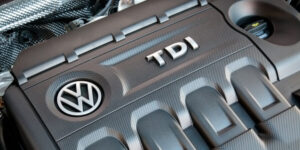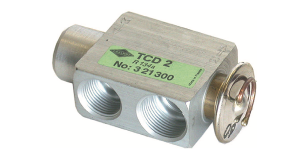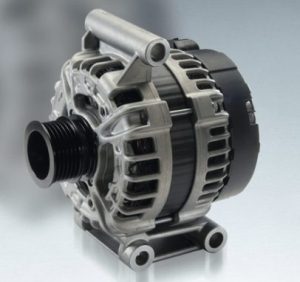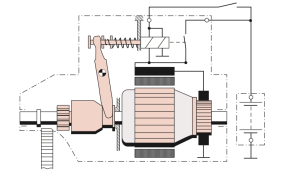A plastic inlet manifold, also known as a plastic intake manifold, is a crucial component in modern automotive engines. It is responsible for distributing air and fuel evenly to the engine cylinders for efficient combustion and power generation. The use of plastic in manufacturing these manifolds has become increasingly popular in recent years due to its lightweight, cost-effectiveness, and ability to produce complex shapes.
Construction and Material
Plastic inlet manifolds are typically made from reinforced engineering plastics, such as polyamide, polypropylene, or polyphenylene oxide. These materials are reinforced with glass or carbon fibers, making them sturdy and resistant to heat and wear. The plastic material used in the construction of these manifolds has a lower thermal conductivity than metal, which means that the heat generated during combustion is not quickly transferred to the manifold itself, reducing the likelihood of overheating and subsequent damage.
Design and Function
The design of a plastic inlet manifold varies depending on the engine configuration. Typically, the manifold consists of a series of pipes or runners that lead from the throttle body to the individual cylinders. The size and shape of these runners are optimized for maximum airflow and fuel distribution to ensure optimal combustion.
The main function of the inlet manifold is to distribute the air and fuel mixture evenly to each cylinder. It achieves this by regulating the airflow to each cylinder, which is essential for an engine to perform at its best. The runners in the manifold are designed to create a smooth and streamlined flow path for the air and fuel mixture. The smoother the flow path, the better the airflow distribution, and the more efficient the engine’s combustion process.
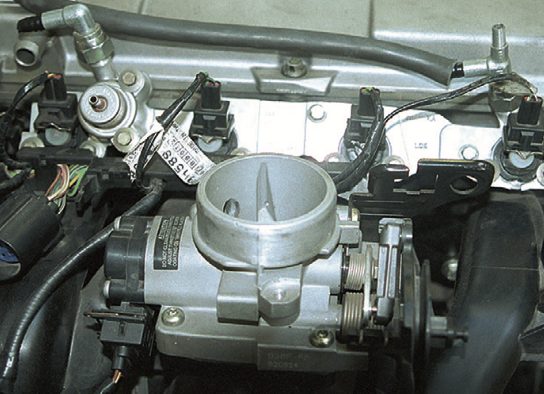
Benefits of Plastic Inlet Manifold
The use of plastic in the manufacture of inlet manifolds offers several benefits over traditional metal manifolds. Firstly, plastic is much lighter than metal, which helps to reduce the overall weight of the engine, resulting in improved fuel efficiency and performance. Additionally, plastic is more cost-effective to manufacture than metal, which can help to reduce the cost of manufacturing engines.
Furthermore, plastic inlet manifolds are more resistant to heat and wear than metal manifolds. They are not prone to corrosion, which can be a significant issue in metal manifolds, particularly in environments with high levels of moisture and salt. Plastic manifolds are also less likely to suffer from warping or cracking due to their lower thermal conductivity, which means they can last longer than metal manifolds.
Conclusion
In conclusion, plastic inlet manifolds are an essential component in modern automotive engines, and their use has become increasingly popular in recent years. They offer several benefits over traditional metal manifolds, including lower weight, cost-effectiveness, and improved resistance to heat and wear. The design and construction of these manifolds are critical to ensure efficient airflow and fuel distribution to each cylinder, leading to optimal combustion and improved engine performance.
One significant advantage of plastic inlet manifolds is their ability to reduce engine noise. Due to their construction, plastic manifolds can absorb and dampen engine vibrations more effectively than metal manifolds. This can lead to a quieter engine, which can be particularly important for luxury vehicles.
Another advantage of plastic inlet manifolds is their ability to be produced in complex shapes. Unlike metal, plastic can be easily molded into intricate shapes, allowing for more efficient airflow and fuel distribution. This can lead to improved engine performance and fuel economy.
Additionally, plastic inlet manifolds are easier to modify and customize than metal manifolds. They can be easily trimmed or machined to fit specific engine configurations, allowing for greater flexibility in engine design.
However, plastic inlet manifolds do have some disadvantages compared to metal manifolds. One significant disadvantage is their susceptibility to damage from heat and high-pressure conditions. If exposed to temperatures or pressures beyond their design limits, plastic manifolds can warp or crack, leading to engine failure. Additionally, some types of plastic can be more prone to chemical damage from certain types of fuel or oil.
Overall, plastic inlet manifolds offer several advantages over metal manifolds, including lower weight, cost-effectiveness, improved resistance to heat and wear, reduced engine noise, and increased design flexibility. While they do have some drawbacks, proper design and manufacturing processes can mitigate these issues, making plastic inlet manifolds a popular and effective choice for modern engines.
Advantages:
- Lightweight: Plastic inlet manifolds are significantly lighter than metal ones, reducing the overall weight of the engine and improving fuel efficiency.
- Cost-effective: Plastic is less expensive to manufacture than metal, which can lead to cost savings in the production of engines.
- Resistance to heat and wear: Plastic manifolds are highly resistant to heat and wear, making them more durable and less prone to damage than metal manifolds.
- Improved design flexibility: Plastic can be molded into complex shapes, allowing for better airflow and fuel distribution in the engine.
- Reduced engine noise: Plastic manifolds can absorb and dampen engine vibrations more effectively than metal, resulting in a quieter engine.
Disadvantages:
- Vulnerability to damage: Plastic manifolds can be more prone to damage from heat and high-pressure conditions than metal manifolds.
- Chemical susceptibility: Some types of plastic are more vulnerable to chemical damage from certain fuels and oils.
- Thermal expansion: Plastic has a higher coefficient of thermal expansion than metal, which means it can expand and contract more significantly with changes in temperature, potentially leading to warping or cracking.
- Lower thermal conductivity: Plastic has a lower thermal conductivity than metal, which means it doesn’t transfer heat away from the engine as efficiently, potentially leading to overheating.
- Limited temperature range: Plastic has a limited temperature range compared to metal, which can restrict its use in high-performance engines or extreme environments.
Overall, plastic inlet manifolds offer several advantages over metal manifolds, including lower weight, cost-effectiveness, improved resistance to heat and wear, increased design flexibility, and reduced engine noise. However, they do have some drawbacks, including vulnerability to damage, chemical susceptibility, thermal expansion, lower thermal conductivity, and limited temperature range. Careful consideration of the material’s properties and proper design and manufacturing processes can help mitigate these issues and make plastic inlet manifolds a viable option for many applications.

